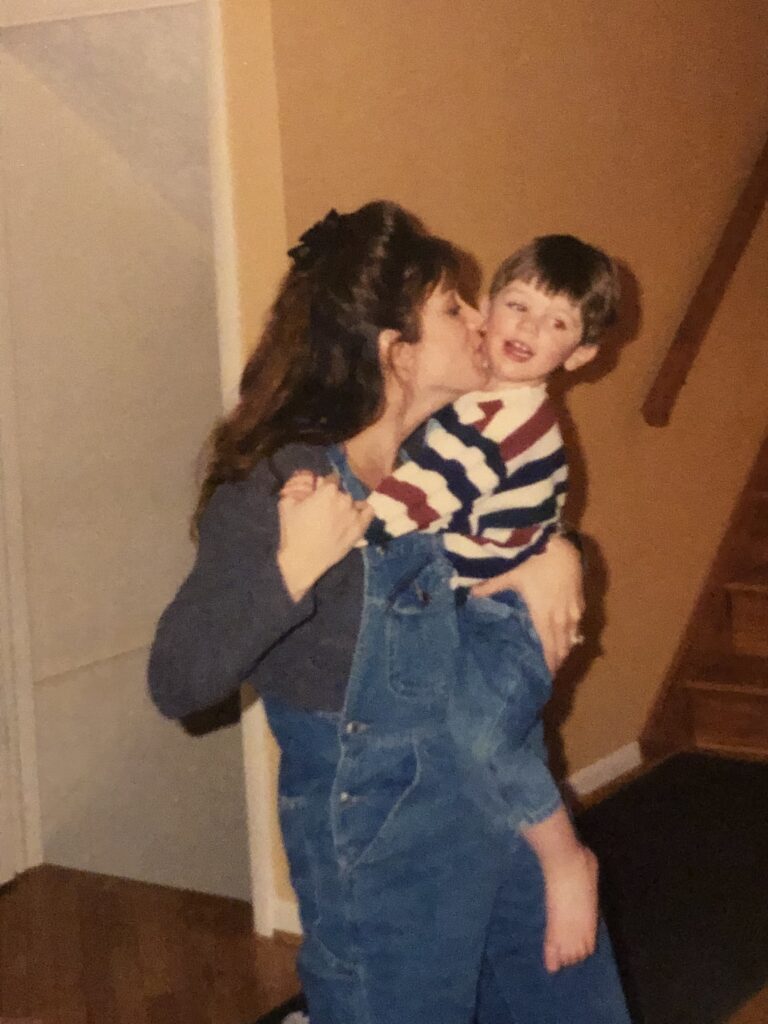
Collaborating IEP’s, Autism and Positive Outcomes
By Kristi | Published | No Comments
What is the first thing that comes to mind when you hear the words Individualized Education Plan (IEP for short)? My initial thought was “Hurray, now Jonathan will be able to receive all the support and services he needs to be successful within the school setting!”. The first IEP meeting we attended to accomplish just that was anything but the success I had envisioned. But the lesson I learned that day would serve me in my future negotiations to get it right, on both sides of the table.
Jonathan’s autism diagnosis qualified him for Early Childhood Intervention in the Omaha Public School District. Part of the process was to attend the IEP meeting to discuss needed supports and goals for his educational plan. It sounded like a promising beginning to meet Jonathan’s needs, so Jeff and I set out for our first meeting as complete novices.
When we entered the room, the first thing I noticed was a long table with 6 chairs on one side and 2 on the opposite side— clearly for Jeff and I. It immediately struck me as an us-against-them scenario but I reminded myself that this was new territory and to give it the benefit of the doubt. After introductions were made, we were seated and ready to begin. The initial pages of the IEP discussed most of the history up to that point. My pregnancy, Jonathan’s birth, milestones, crawling, walking, talking etc. Then the details and findings from the diagnosing physician and those of the examiner from the Early Childhood assessor, who tested Jonathan at our home. Things were going well and I was feeling optimistic about the next steps— the goals and supports for Jonathan.
Given Jonathan’s language deficits, I was most interested in the support and plan for speech therapy. His fine and gross motor skills were addressed first, as was a plan for OT (Occupational Therapy). Given he was three, it was proactive, so Jeff and I liked and supported the goals. Next came the big one— speech. I eagerly waited to hear what extraordinary plan they had to increase Jonathan’s receptive and expressive language. Little did I know, I was about to be very disappointed.
After reviewing how Jonathan tested during the speech portion of his assessment, it was obvious he would need a great deal of support. Apparently, it didn’t make an impact given the statement that followed. “Jonathan will receive 15 minutes of Speech Therapy once every 3 weeks”. Clearly my ears weren’t hearing correctly, so I asked her to repeat. It came out exactly the same way. I’m sure the stunned look on my face was a dead give away, which was followed up with: “You expect him to acquire language with only 15 minutes of speech therapy every 3 weeks?”.
Clearly my skepticism hit a nerve, based on the reply that followed. Someone higher up in the chain of command said in a chiding tone, “For your information, OPS was on the cutting edge of Special Education in 1979.”
To which I countered, “In case you haven’t noticed, it’s 1998 and you can’t ride that horse forever”. That’s when I felt Jeff squeeze my thigh under the table, so I reigned it in. I expressed my concerns regarding Jonathan’s inability to achieve speech goals given such limited access to speech therapy. Clearly it was us versus them, but I knew I had to figure out an inroad, so I took another path, empathy and trust. Yes, we were new to the IEP process and for that and many other reasons I needed help, suggestions and solutions for Jonathan. I needed their experience and expertise to provide the best outcome for my son. We were Jonathan’s team and we needed to act like one.
That first IEP was a valuable experience in many ways. It helped me set the tone for the next 19 years of IEP meetings. Sometimes the front door is the best way to get things done, but other times you need to find a back door, window or some other entrance to achieve the desired outcome. Determination, collaboration, dedication and respect all play a role. Our tenacity as parents and educators are imperative for success, even at times when we don’t see eye to eye.
And as that first IEP taught me, you never get a second chance to make a first impression, no matter what side of the table you’re sitting on.






Leave a Reply